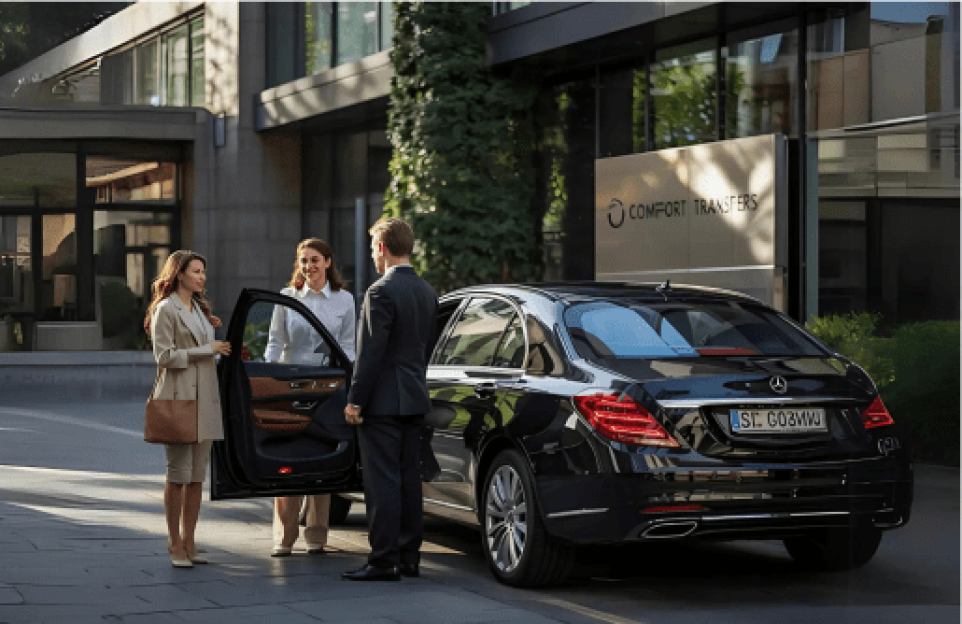AN EX-PILOT has revealed some of the most common misconceptions about flight safety and why you don’t need to worry as much about flying.
André Viljoen, former commercial airline pilot and logistics manager at component supply specialist Artemis Aerospace , knows more than a thing or two about flight safety.
A former commercial airline pilot has claimed that turbulence is less dangerous than people thinkHe has explained why passengers can afford to be a little more relaxed about air travel in the future by debunking some of the most wide-spread myths .Turbulence can cause an aircraft to crash â false
Turbulence is a common occurrence when travelling by air and something that every pilot and passenger will encounter at some point.
While turbulence can be nerve-wracking and, at times, downright unpleasant, it is highly unlikely that it will bring down an aircraft.
Aircraft are designed to withstand difficult conditions , including strong winds and lightning strikes.
The most likely situation in the event of aircraft turbulence is passengers experiencing a minor injury because they weren’t seated or strapped in at the time of the incident.
To avoid this, it is recommended that passengers keep their seatbelt fastened while sitting down.
If an engine fails, the plane will crash â false
No passenger wants to hear the news that an engine has failed .
However, the majority of commercial airlines use twin-engine aeroplanes, which are designed to take-off, fly and land safely on one engine.
In the unlikely event an engine fails , rest assured that all pilots are trained extensively and regularly to deal with the situation and will return immediately to the nearest airport.
Doors can be opened mid-flight â false
Opening an aircraft door mid-flight is simply impossible. This is because aircraft cabins are pressurised.
At a typical cruising altitude, up to 3.5kg of pressure is pushing against every square inch of the door.
This equates to more than 500kg in total â far more weight than anyone could ever overcome.
Meanwhile, this pilot used jelly to explain why turbulence isn’t that scary.
And this is how to use a pen and paper to keep calm during a bumpy flight.
Cabin air causing illnesses and some seats being safer are two of the other myths quashed by the pilot



